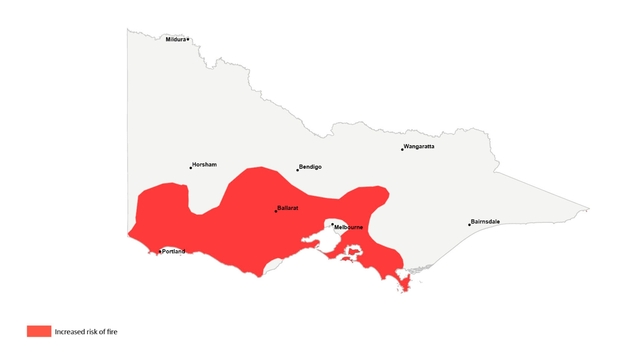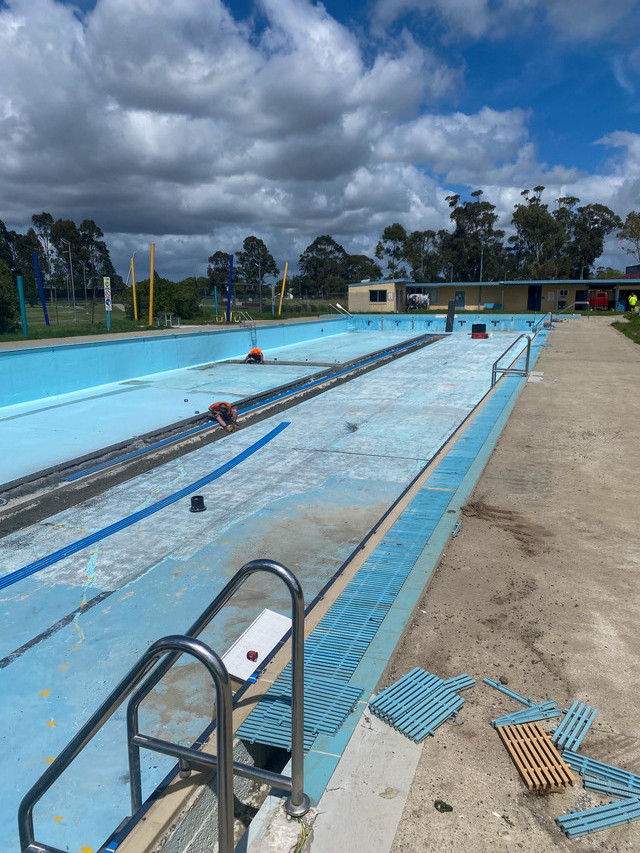The amount of people moving from capital cities to Australia’s regional areas has shown clear signs of slowing in the December quarter, according to new research, and the rising cost of regional property could be to blame.
The number of people moving from the capitals to regional areas fell by 10 percent during the December 2021 quarter according to the latest release of the Regional Movers Index – a collaboration between the Regional Australia Institute (RAI) and the Commonwealth Bank that uses banking customer address changes to track relocations.
A location needed to have at least 100 address changes to make the list.
RAI chief economist Dr Kim Houghton says that the drop in outbound migration from big cities was largely due to seasonal factors, but did mark a bigger drop than witnessed in the December 2020 quarter.
The figures were even more stark in the major regional areas that have been responsible for many sea and tree changers in the past two years, with migration to areas such as Geelong down 38 percent when compared to the September quarter.
“Initially [during the pandemic] we saw a lot of movement into the most popular, high-amenity places. We’re thinking Surf Coast down in Victoria or Byron in NSW,” he says.
Accelerating price growth in popular lifestyle regions – driven by a combination of regional residents remaining in place, new residents moving in and low interest rates – may be one of the reasons for the slowdown in outbound growth, according to Mr Houghton.
“People not leaving the regions [during the Covid-19 pandemic] meant that they weren’t leaving their houses, putting their houses up for sale or up for rent,“ Mr Houghton says.
Prices across regional Australia climbed by more than 25.9 percent in 2021, according to CoreLogic, well up on the 21 percent recorded in the combined capital cities.
CBA’s executive general manager of regional and agribusiness, Paul Fowler, says that the bank is optimistic about regional Australia’s future prospects despite the dip in the December quarter.
“Whilst the December quarter shows a slight slowing in the pace of migration toward our regions we’re incredibly optimistic around the opportunity for regional Australia and the outlook, [and that is] underpinned by a few factors,“ Mr Fowler says.
Those factors included low unemployment rates, high job vacancy rates, a strong tourism markets with future growth expected, and strong agricultural conditions including strong commodity prices.
He says that the Index showed quarterly migration from capital cities to regional areas over the past two years is averaging 15 percent higher than it was in the two years pre-Covid.
Originally published on www.realestateview.com.au by Jack Needham.







